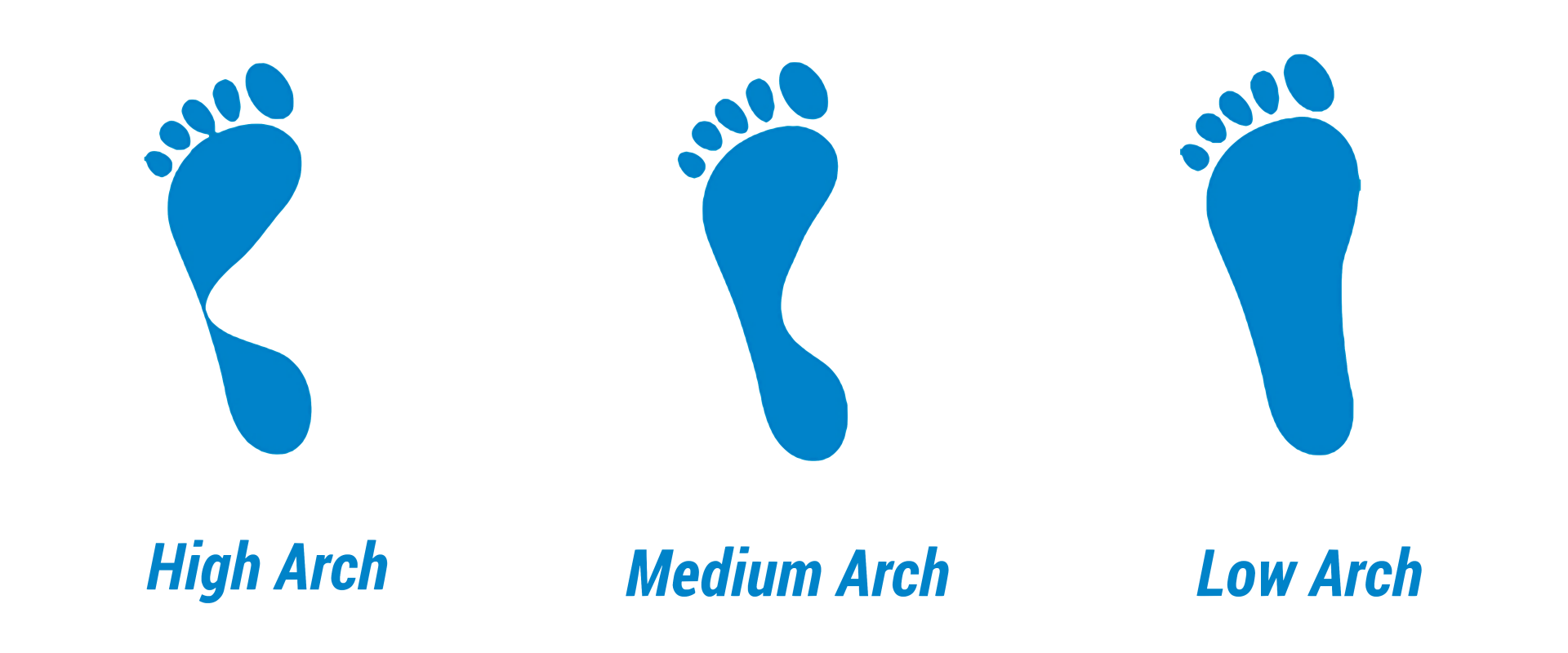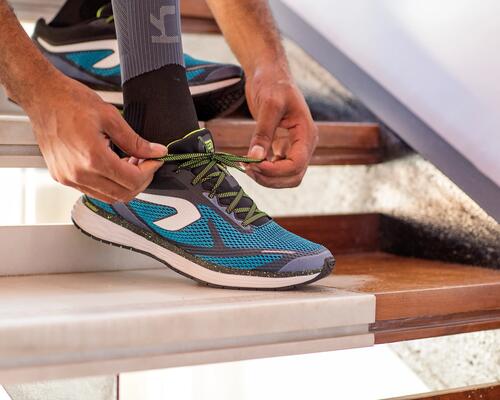Once you know your foot type, you can then determine your gait – how your feet behave when you run.
There are 3 main types of gait to take note of:
1) Overpronation:
Typical for people with low arches, overpronation happens when your heel hits the ground first and then rolls inwards.
This results in the inability to stabilise your body when you’re running.
2) Neutral:
Neutral gaits are typical for those who have medium arches, where the middle part of your heel strikes first and then rolls slightly inward.
This helps in the slight absorption of shock.
3) Supination:
For those with high arches, supination (also known as underpronation) happens when you strike the ground with the outside of your heel first, and stays on the outside of your foot throughout your entire stride.
This results in the inability of your foot to absorb the shock impact.






